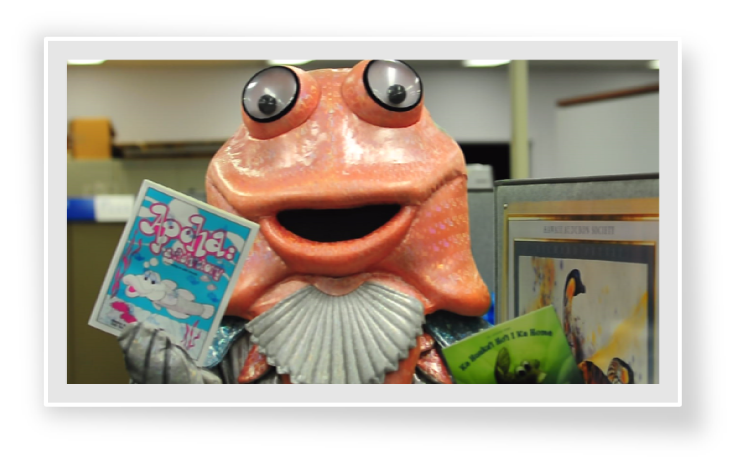Surface Water Protection Branch
The Polluted Runoff Control Program will be part of the new Surface Water Protection Branch!
History
In 1987, amendments to the federal Clean Water Act (CWA) under Section 319 placed new emphasis on nonpoint source pollution management and included specific requirements and responsibilities for state nonpoint source pollution programs. In November of 1990, Hawaii completed its Nonpoint Source Water Pollution Management Plan and Assessment of Nonpoint Source Pollution Water Quality Problems. The Department of Health also established the Polluted Runoff Control Program to implement Hawaii’s CWA Section 319 Nonpoint Source Management Program. The primary purpose of the program is to restore impaired waters by implementing watershed-based plans. By supporting the development and implementation of watershed-based plans, the program fosters partnerships with other agencies involved in nonpoint source pollution control, implements BMPs to reduce polluted runoff, conducts water quality monitoring, and supports programs for environmental education. The program also works together with Hawaii’s Coastal Zone Management (CZM) Program to develop the State’s Coastal Nonpoint Pollution Control Program (CNPCP).
In 2021, a reorganization within the Department of Health’s Environmental Management Division was approved to establish a new Surface Water Protection Branch under the authority of Hawaii Revised Statutes (HRS), Chapter 342E, Nonpoint Source Management and Control. The reorganization also approved moving the existing Polluted Runoff Control Program under the newly formed branch.
The Surface Water Protection Branch will be responsible for the planning and implementation of the nonpoint source pollution control programs for the state. Duties and responsibilities of the Surface Water Protection Branch shall include providing compliance assistance to prevent nonpoint source pollution, administering federal grant funds to prevent and reduce nonpoint source pollution, and conducting planning, engineering analyses, water quality monitoring, scientific studies, inspections, investigations, and enforcement of nonpoint sources of water pollution pursuant to HRS, Chapter 342E.
Nonpoint Source Pollution Control Rules
New administrative rules for nonpoint source pollution control were adopted in 2021 under Hawaii Administrative Rules (HAR), Chapter 11-56, “Nonpoint Source Pollution Control.” In alignment with the state’s Coastal Nonpoint Pollution Control Program, the rules will address six major categories of nonpoint source pollution:
- Agriculture (adopted)
- Forestry (adopted)
- Marinas and Recreational Boating (adopted)
- Urban Areas (proposed)
- Hydromodification (proposed)
- Wetlands and Riparian Areas (proposed)
General applicability of the rules will mainly apply to publicly-owned entities owning land and conducting activities within any one of the six major categories of nonpoint source pollution, as further specified in HAR, Chapter 11-56. Any persons found to be causing or contributing to nonpoint source pollution as determined by the Department of Health director will also be subject to these rules. Those subject to the rules will be required to register with the Department of Health and must renew their registration every 5 years. Registrants will also be required to develop and implement a Water Pollution Prevention Plan (WPPP) that includes pollution control measures or Best Management Practices (BMPs) to reduce nonpoint source pollution.
Program Implementation
The Department of Health is in the process of requesting approval to formally establish the six new positions that were approved with the reorganization. It is anticipated that once these positions are filled and the branch is operational, outreach will commence to inform the public of the new requirements and provide compliance assistance.
